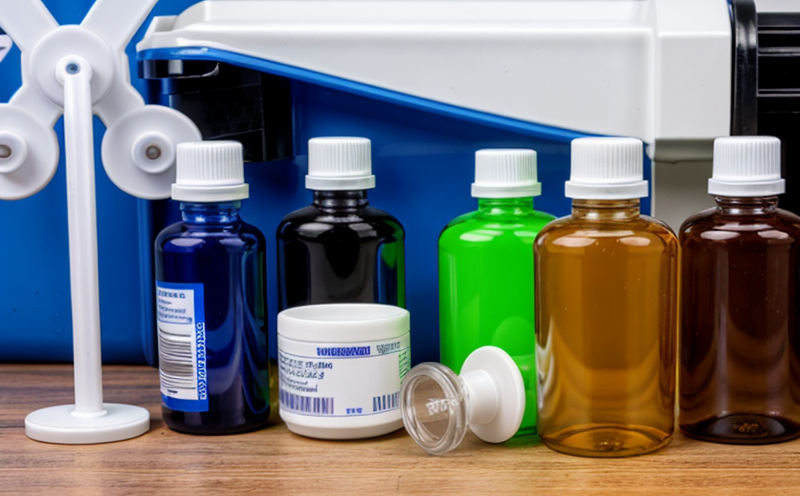ASTM D8301 Antibiotic Residues in Healthcare Waste
The ASTM D8301 standard provides a standardized method for determining the presence and concentration of antibiotics in healthcare waste. This is critical for ensuring compliance with environmental regulations, particularly those related to water pollution. The test is especially important for facilities that generate significant amounts of medical or pharmaceutical waste.
Healthcare facilities are required to manage their waste properly to prevent any harmful substances from entering the environment. Antibiotics, being a class of drugs used in healthcare settings, can pose risks if they find their way into water bodies. The ASTM D8301 method allows laboratories to measure antibiotic residues accurately and report them as part of compliance documentation.
The testing process involves several steps, starting with the collection of samples from various points within the waste management chain. Samples are then prepared in a controlled environment before undergoing analysis using advanced analytical techniques such as high-performance liquid chromatography (HPLC).
Once the samples have been analyzed, results are reported against predefined thresholds set by regulatory bodies like the Environmental Protection Agency (EPA). Compliance with these limits ensures that healthcare facilities do not contribute to water pollution. This method is particularly useful for monitoring and managing waste from hospitals, clinics, and other medical facilities.
Understanding the scope of ASTM D8301 helps in appreciating its significance. It applies specifically to the detection of antibiotics in solid wastes generated by healthcare facilities. The standard does not cover liquid wastes or infectious materials; it focuses solely on ensuring that waste management practices do not lead to environmental contamination.
Compliance with ASTM D8301 is essential for several reasons. It helps protect public health and the environment by reducing the risk of antibiotic resistance due to improper disposal methods. Additionally, compliance can help facilities avoid costly fines and legal actions that may arise from non-compliance.
The method described in ASTM D8301 has been validated through rigorous testing and is widely accepted in the industry. It ensures consistency across different laboratories performing similar tests, thereby enhancing reliability and accuracy of results.
Scope and Methodology
- The ASTM D8301 standard applies to the determination of antibiotic residues in solid wastes from healthcare facilities.
- Testing involves sample collection, preparation, extraction using HPLC, and quantification based on specific antibiotics identified by regulatory agencies.
- Results are reported against set limits established by environmental protection authorities.
Benefits
The implementation of ASTM D8301 brings numerous benefits to healthcare facilities and the broader community. By ensuring that antibiotics do not enter water bodies, it contributes significantly to public health by preventing antibiotic resistance. It also helps maintain environmental quality, supporting sustainable development goals.
For facilities, compliance with this standard can lead to reduced risks of legal action or financial penalties associated with non-compliance. Moreover, it enhances the reputation and trustworthiness of healthcare providers, reinforcing their commitment to responsible waste management practices.
The method supports research efforts aimed at understanding the impact of antibiotics on ecosystems. By providing accurate data, ASTM D8301 facilitates informed decision-making in managing healthcare waste more effectively.





